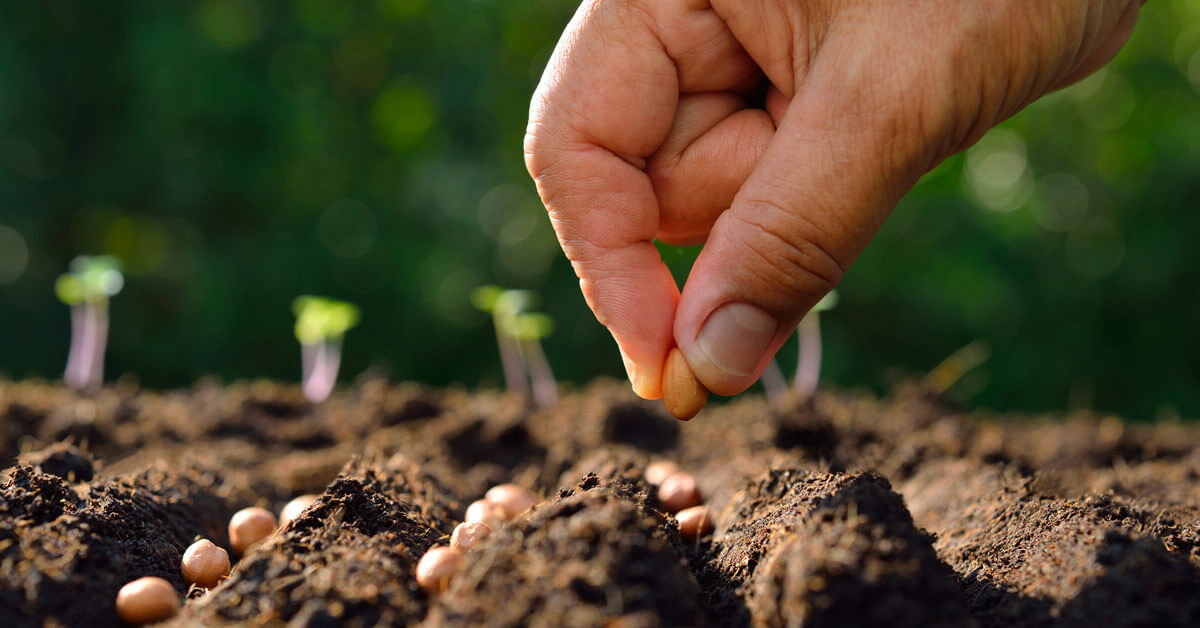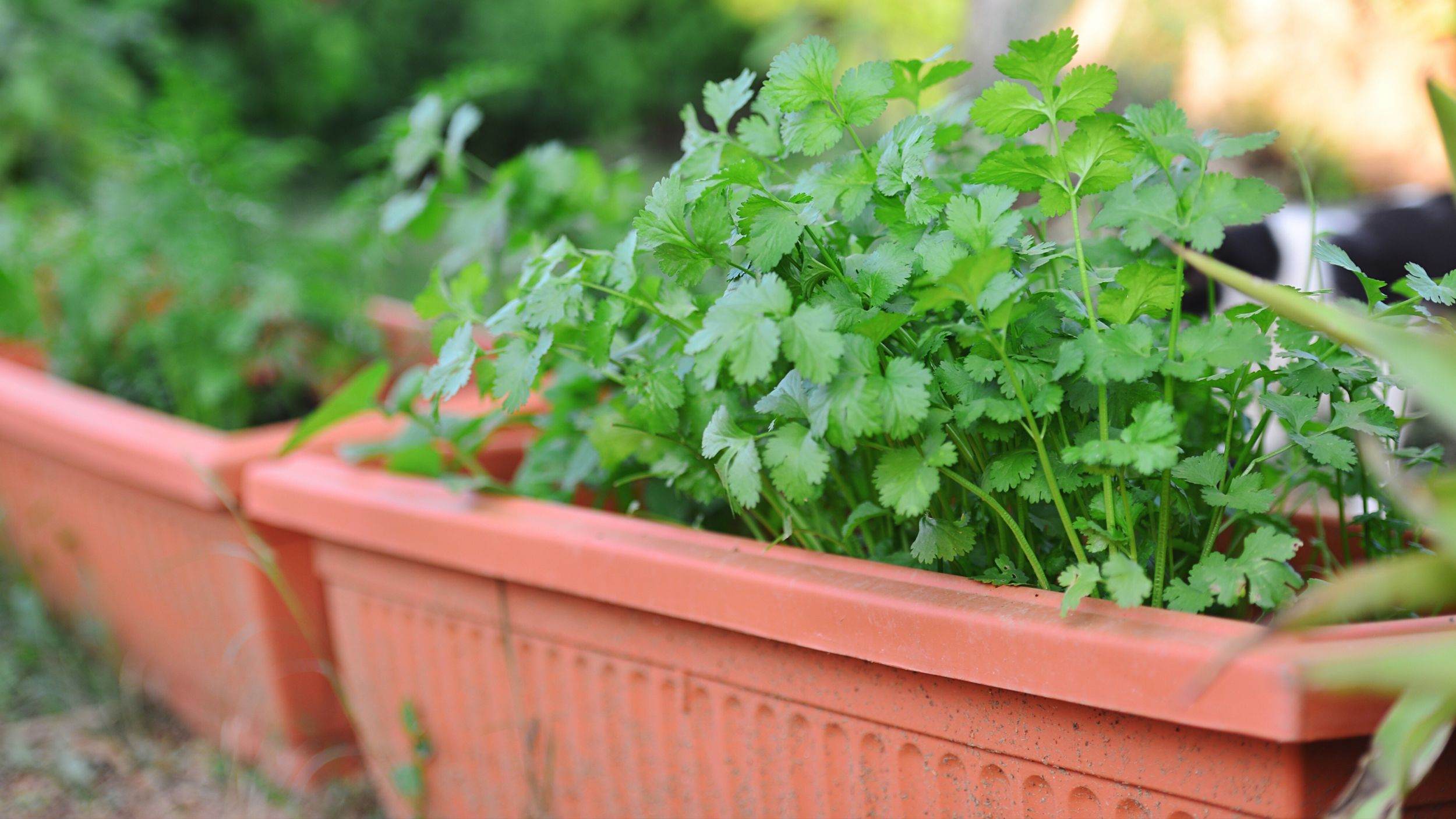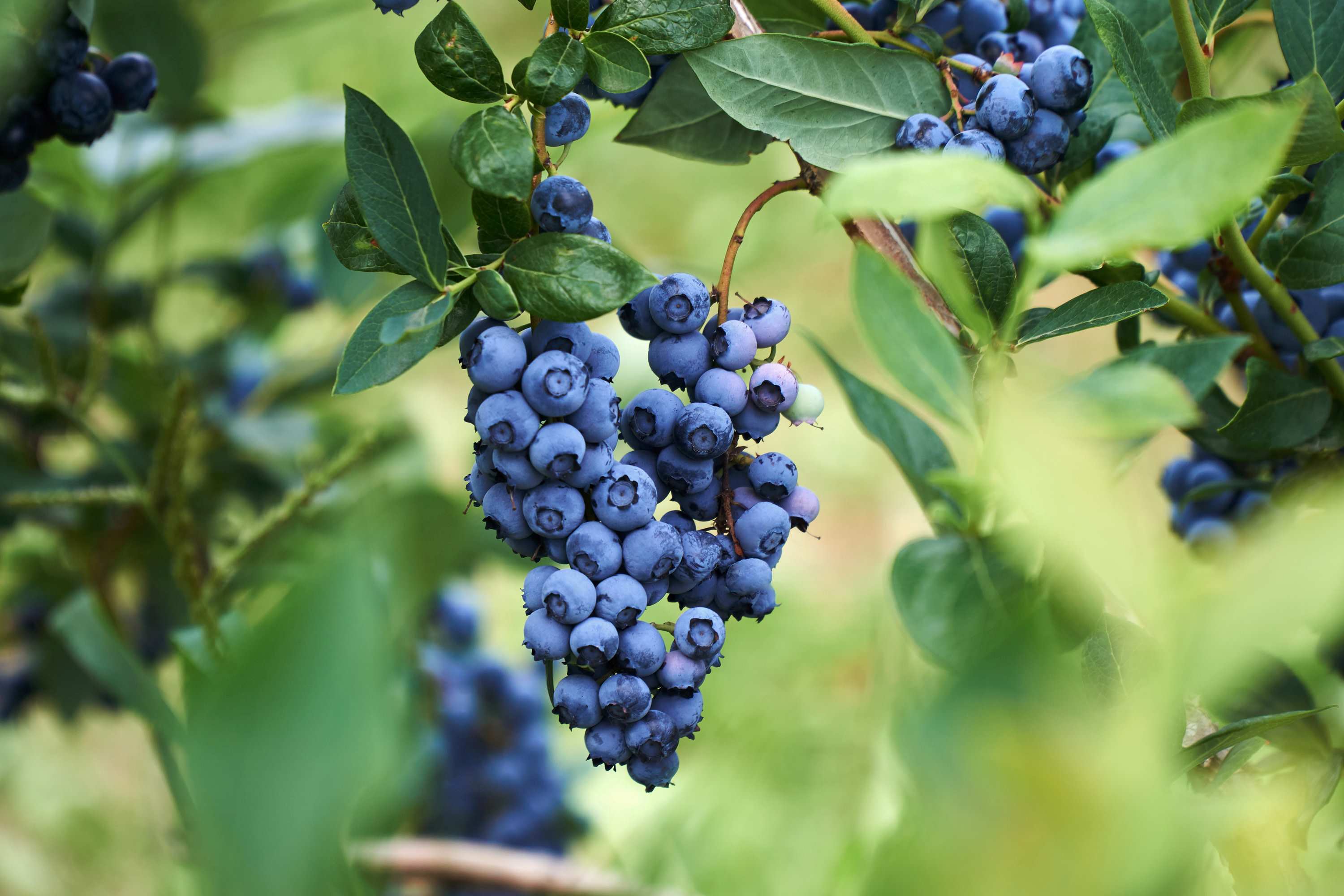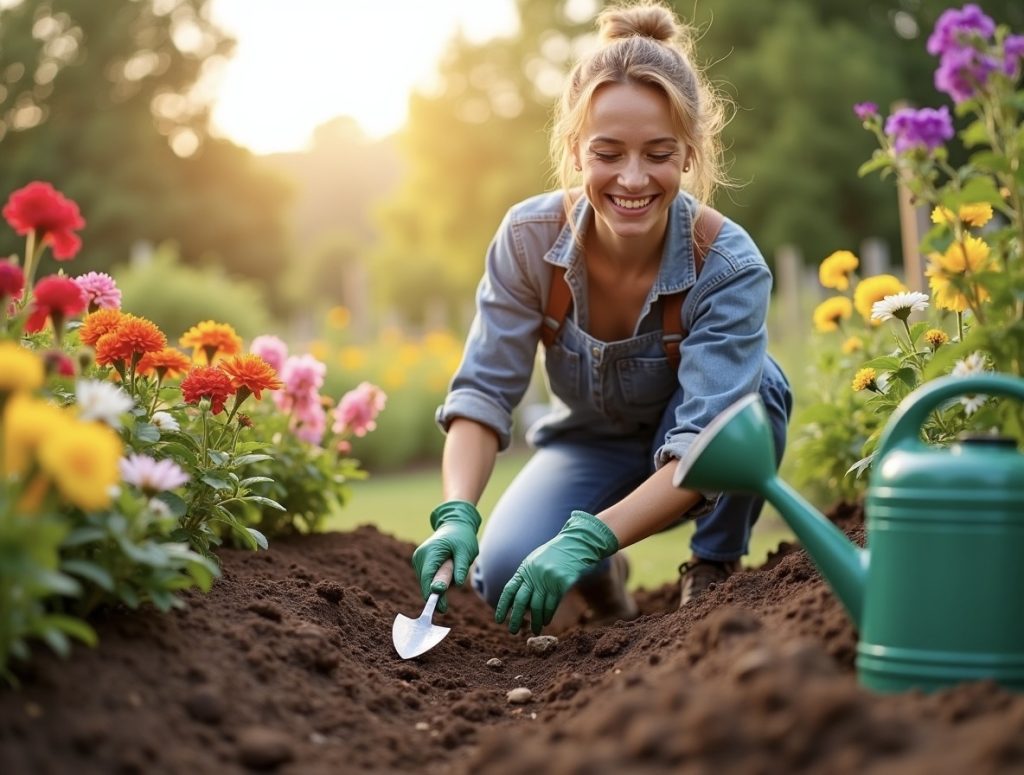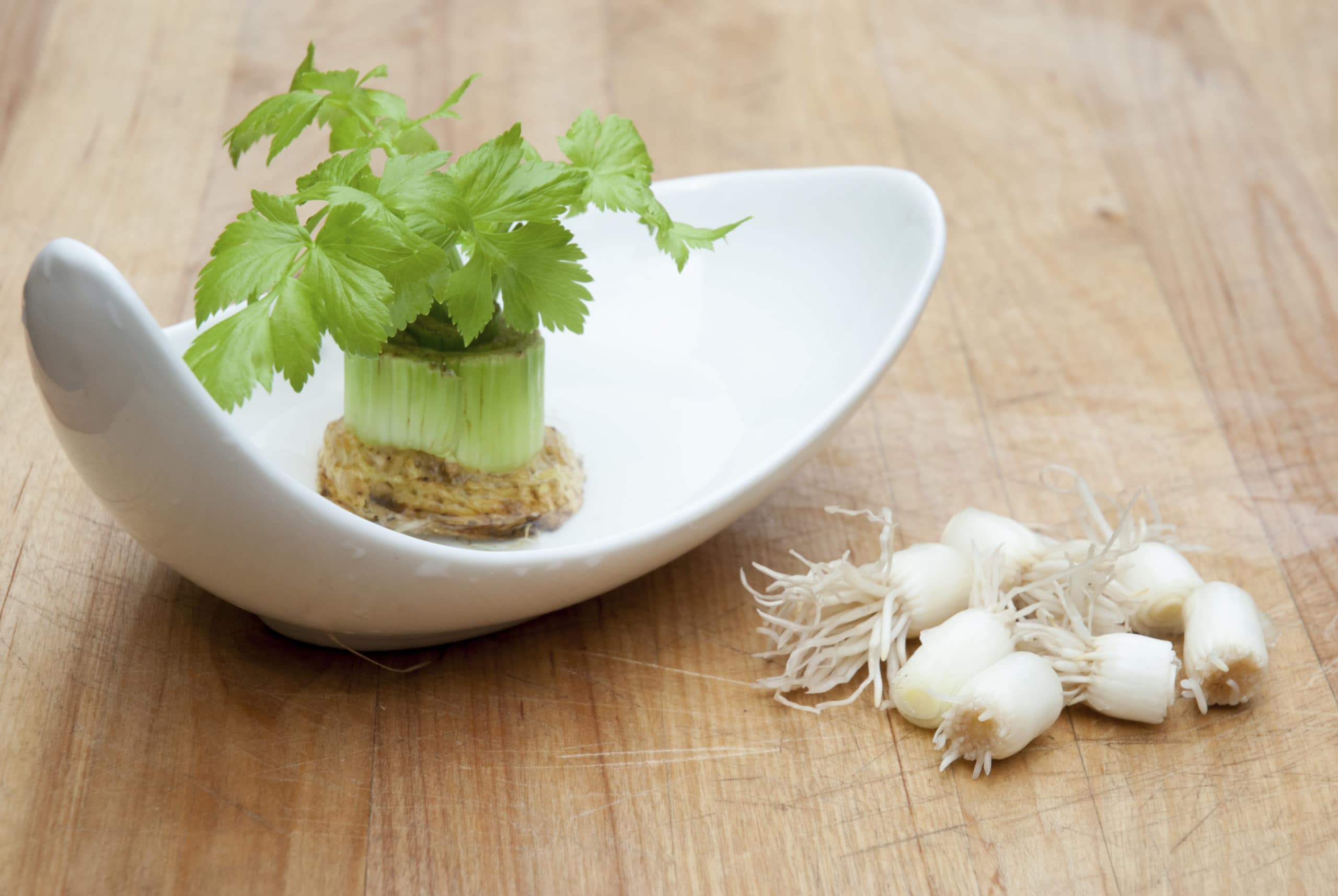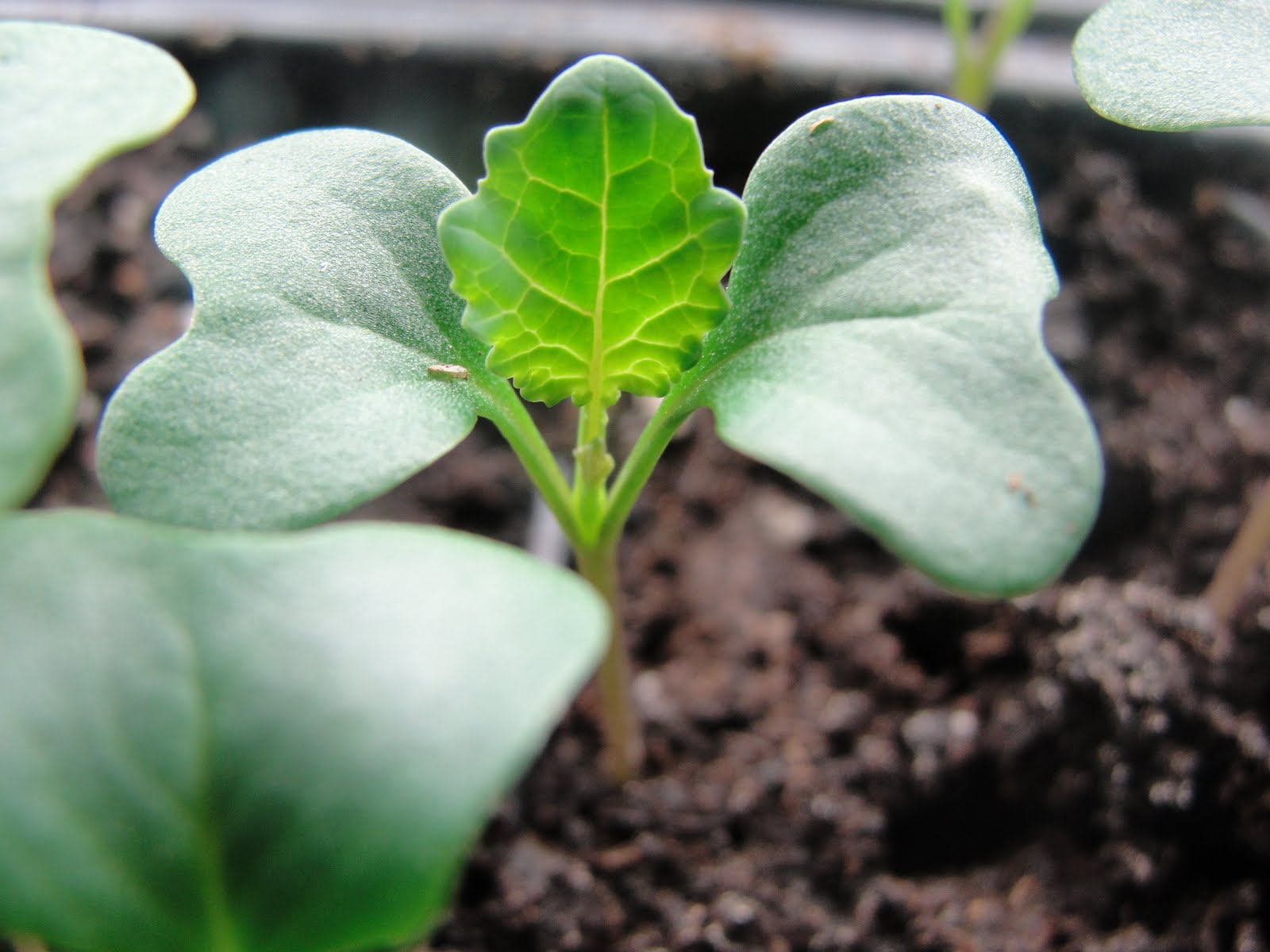Home>Types of Gardening>Edible Gardening>How To Grow Trees From Seedlings
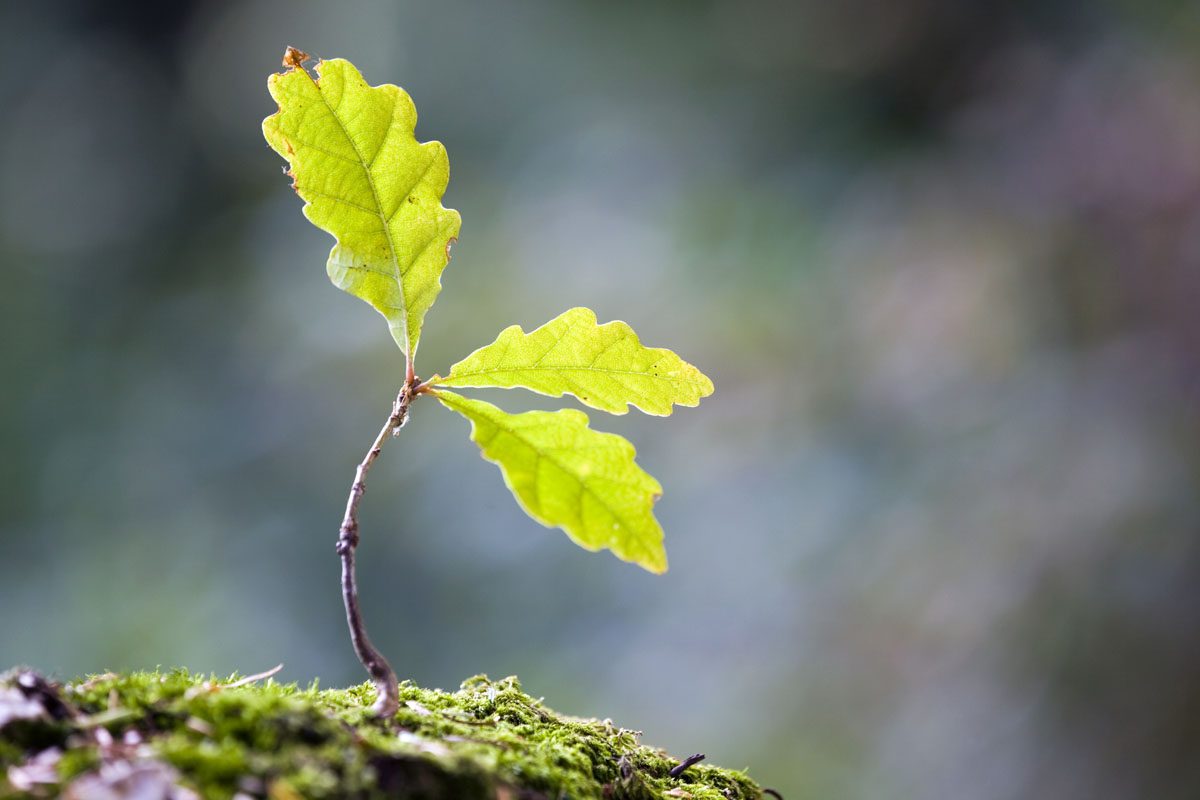

Edible Gardening
How To Grow Trees From Seedlings
Published: January 2, 2024
Learn how to grow edible trees from seedlings with our comprehensive guide on edible gardening. Start growing your own fruit and nut trees today!
(Many of the links in this article redirect to a specific reviewed product. Your purchase of these products through affiliate links helps to generate commission for Chicagolandgardening.com, at no extra cost. Learn more)
Table of Contents
Introduction
Welcome to the wonderful world of edible gardening! Growing your own fruits, vegetables, and herbs can be a rewarding and sustainable way to provide fresh, organic produce for yourself and your family. It allows you to have full control over what you consume and ensures that your food is free from harmful pesticides and chemicals. Whether you have a spacious backyard or a small balcony, you can still enjoy the benefits of edible gardening by growing trees from seedlings.
Growing trees from seedlings not only allows you to witness the entire life cycle of a plant, but it also gives you the opportunity to select the specific varieties that suit your taste and climate. From apple and cherry trees to avocado and lemon trees, the options are endless. As you cultivate your seedlings, you’ll learn valuable lessons about patience, nurturing, and the interconnectedness of all living things.
In this article, we will guide you through the process of growing trees from seedlings in a step-by-step manner. We will cover everything from choosing the right seedlings to transplanting them into your garden. So, put on your gardening gloves and let’s get started on this exciting journey!
Choosing the Right Seedlings
Choosing the right seedlings is a critical first step in your journey to grow healthy and productive trees. Here are some factors to consider:
- Climate: Start by considering the climate of your location. Different types of trees thrive in different climates. Research the hardiness zone of your area and select seedlings that are suitable for that zone.
- Space: Evaluate the available space in your garden. Some trees have large canopies and can take up a significant amount of space, while others are more compact. Consider the size of the mature tree and choose a seedling that will fit well in your garden.
- Soil Type: Assess the soil type in your garden. Some trees prefer well-draining soil, while others thrive in heavy clay soil. Choose seedlings that are compatible with the soil conditions in your garden.
- Pollination: If you are growing fruit trees, keep in mind that some varieties require cross-pollination from another compatible tree to bear fruit. Make sure to select seedlings that are compatible for cross-pollination.
- Personal Preferences: Consider your personal preferences for taste, aroma, and appearance. Do you prefer sweet or tart apples? Are you looking for a cherry tree with dark red or yellow fruits? Identifying your preferences will help you narrow down your choices.
When purchasing seedlings, look for reputable nurseries or online suppliers that offer healthy and disease-free plants. Inspect the seedlings for any signs of damage or pests. Choose seedlings with strong stems and well-developed root systems. Avoid seedlings with yellowed or wilted leaves.
By considering these factors and selecting seedlings that are well-suited for your climate, space, soil, pollination needs, and personal preferences, you are setting a solid foundation for successful tree growth. Next, let’s move on to preparing the growing area for your seedlings.
Preparing the Growing Area
Before planting your seedlings, it is essential to prepare the growing area to provide optimal conditions for their growth. Follow these steps to prepare the growing area:
- Select a Suitable Location: Choose a location in your garden that receives adequate sunlight and has good air circulation. Avoid areas that are prone to strong winds or excessive shade.
- Clear the Area: Remove any weeds, rocks, or debris from the chosen location. Weeds can compete with your seedlings for nutrients and water, so it’s important to clear them out.
- Improve the Soil: Test the soil pH and fertility levels. Most trees prefer slightly acidic to neutral soil (pH of 6.0 to 7.0). If the pH is too high or too low, consider adjusting it with soil amendments. Incorporate organic matter like compost or well-rotted manure to improve soil structure and fertility.
- Amend the Soil: If the soil is heavy clay or has poor drainage, add organic matter or coarse sand to improve its drainage capabilities. Adequate drainage is crucial for the healthy growth of tree seedlings.
- Provide Support: If you are growing tall fruit trees, consider installing stakes or trellises to provide support for the young seedlings. This will prevent them from bending or breaking due to strong winds.
- Organize Irrigation: Ensure that the growing area has a water source nearby. Consider installing a drip irrigation system or setting up a watering schedule to provide consistent moisture to the seedlings.
- Create Mulch Beds: Apply a layer of organic mulch, such as wood chips or straw, around the base of the seedlings. Mulch helps retain moisture, suppresses weed growth, and regulates soil temperature.
By preparing the growing area properly, you are creating an environment that is conducive to the healthy growth of your seedlings. The next step is to plant the seedlings in the prepared area, which we will explore in the following section.
Planting the Seedlings
Now that you have chosen the right seedlings and prepared the growing area, it’s time to plant your tree seedlings. Follow these steps to ensure a successful planting:
- Dig a Proper Hole: Dig a hole that is wide and deep enough to accommodate the root ball of the seedling. The hole should be slightly larger than the size of the container the seedling came in.
- Handle the Seedlings with Care: Gently remove the seedling from its container, taking care not to damage the delicate roots. If the roots are tightly packed, loosen them slightly to encourage them to grow outward.
- Place the Seedling in the Hole: Position the seedling in the center of the hole, making sure that the top of the root ball is level with or slightly above the surrounding soil surface. Avoid planting the seedling too deep, as this can lead to rotting.
- Backfill the Hole: Fill the hole with soil, firming it gently around the roots. Avoid over-packing the soil as it can hinder root growth. Leave a slight depression around the base of the seedling to hold water.
- Water Thoroughly: After planting, give the seedling a thorough watering to settle the soil and eliminate air pockets. This will ensure that the roots make good contact with the soil.
- Apply Mulch: Spread a layer of organic mulch around the base of the seedling, leaving a gap around the trunk to prevent moisture accumulation. Mulch helps to retain moisture, regulate soil temperature, and suppress weed growth.
- Stake if Necessary: If the seedling is tall or prone to bending, consider staking it to provide support. Tie the seedling to the stake using soft materials, allowing some movement for strengthening the trunk.
It is crucial to water the seedlings regularly, especially during the initial establishment period. Keep the soil consistently moist but not overly saturated. Monitor the moisture levels and adjust the watering schedule accordingly.
Now that your seedlings are planted, the next step is to provide proper watering and fertilization to ensure their healthy growth. We’ll delve into this topic in the following section.
Providing Proper Watering and Fertilization
Proper watering and fertilization are key factors in ensuring the healthy growth and development of your tree seedlings. Follow these guidelines to provide the necessary water and nutrients:
- Watering: Water is essential for the growth of your seedlings, especially during the establishment phase. Water deeply and thoroughly, ensuring that the soil is evenly moist but not waterlogged. Avoid frequent shallow watering, as it can lead to shallow root development. Adjust the watering frequency based on weather conditions and the moisture needs of your specific tree species.
- Fertilization: In the early stages, your seedlings may not require fertilization immediately since they are already supplied with nutrients from the soil and their initial growth is focused on root development. However, after a few months, you can start applying a balanced slow-release fertilizer specifically formulated for trees. Follow the manufacturer’s instructions for the proper application rate and timing, and avoid over-fertilizing, as it can harm the seedlings.
- Organic Matter: Incorporating organic matter, such as compost or well-rotted manure, into the soil during planting helps provide necessary nutrients to the seedlings. Organic matter improves soil fertility, enhances water retention capabilities, and promotes beneficial microbial activity.
- Mulching: Maintain a layer of organic mulch around the base of the seedlings. Mulch helps retain moisture in the soil, reducing water evaporation. As the mulch breaks down, it also adds organic matter to the soil, enriching its nutrient content.
- Monitor Nutrient Deficiencies: Keep a close eye on your seedlings for any signs of nutrient deficiencies, such as yellowing leaves or stunted growth. If you notice any deficiencies, you can apply a targeted fertilizer or amendments to address the specific nutrient needs of your trees.
- Soil Moisture Monitoring: Regularly check the moisture level in the soil surrounding the seedlings. Stick your finger or a moisture meter into the soil to determine its moisture content. Adjust your watering schedule accordingly to avoid under or overwatering.
Remember, providing the right amount of water and properly balanced nutrients is crucial for the health and vitality of your tree seedlings. With the right care and attention, your seedlings will grow into strong, productive trees that will bring you joy for years to come.
Protecting the Seedlings from Pests and Diseases
As your tree seedlings grow, they become susceptible to various pests and diseases. It’s important to protect your seedlings to ensure their healthy development. Here are some measures you can take:
- Monitor Regularly: Keep a close eye on your seedlings for any signs of pest infestation or disease symptoms. Early detection allows for timely intervention and better chances of control.
- Remove Infected Plants: If you notice any seedlings with severe pest or disease issues, promptly remove and destroy them to prevent spreading to healthy plants. This prevents the infestation from spreading further.
- Encourage Beneficial Insects: Introduce beneficial insects, such as ladybugs and lacewings, to your garden. These insects prey on common garden pests, providing natural pest control.
- Implement Physical Barriers: Use physical barriers like netting or fences to protect your seedlings from larger pests like rabbits, deer, or birds. This helps prevent them from causing damage to the young plants.
- Practice Crop Rotation: If you are growing multiple seedlings or plants, practice crop rotation to minimize the risk of pests and diseases. This involves rotating the planting location of different plant families to disrupt pest life cycles and reduce the buildup of soil-borne diseases.
- Apply Organic Pest Control Measures: Utilize organic pest control methods, such as neem oil, soap sprays, or diatomaceous earth, to deter or eliminate common pests. These methods are environmentally friendly and safe to use on edible crops.
- Keep the Area Clean: Remove dead leaves, fallen fruits, and plant debris from the area around your seedlings. These can harbor pests and diseases, so keeping the area clean minimizes their presence.
- Avoid Overcrowding: Plant your seedlings with adequate spacing to promote good air circulation. Overcrowding can create a favorable environment for diseases by trapping moisture and reducing sunlight penetration.
By implementing these protective measures, you can significantly reduce the risk of pest infestations and diseases that can harm your seedlings. However, vigilance is key, so regularly inspect your seedlings and take necessary action at the first signs of trouble.
Monitoring and Maintaining the Seedlings
Monitoring and maintaining your tree seedlings are crucial steps in ensuring their healthy growth and development. Here are some key aspects to consider:
- Regular Inspection: Regularly inspect your seedlings for any signs of stress, nutrient deficiencies, or pest infestations. Look for changes in leaf color, wilting, or abnormal growth patterns. Early detection allows for prompt action.
- Weeding: Keep the area around your seedlings free from weeds. Weeds compete with seedlings for essential nutrients and resources. Regularly remove weeds by hand or use organic mulch to suppress their growth.
- Pruning: Prune your seedlings as needed to shape their growth and promote strong structure. Remove any dead, damaged, or crossing branches to maintain proper airflow and prevent diseases.
- Support Systems: If you have tall or vining seedlings, install stakes, trellises, or cages to provide support as they grow. This helps prevent bending or breakage under their weight.
- Training: As your seedlings grow, gently guide their branches or vines to encourage proper growth and spacing. This helps prevent overcrowding and allows for better light penetration.
- Adjusting Irrigation: Monitor the moisture levels in the soil and adjust your watering schedule accordingly. Different tree species have varying water requirements, so ensure that your seedlings receive adequate but not excessive moisture.
- Mulching: Maintain a layer of organic mulch around your seedlings to conserve moisture, suppress weed growth, and regulate soil temperature. Renew the mulch as needed, keeping it a few inches away from the stems to prevent moisture-related issues.
- Protect from Extreme Weather: Shield your seedlings from extreme weather conditions such as frost, strong winds, or intense heat. Use frost covers, windbreaks, or shade cloth when necessary to provide protection.
- Record Keeping: Keep track of the progress of your seedlings, noting important dates, observations, and any treatments applied. This helps you identify patterns, learn from your experiences, and make better decisions in the future.
By monitoring your seedlings regularly and providing necessary care, you can ensure their healthy growth and increase their chances of thriving in your edible garden. Stay attentive to their needs and make adjustments as required throughout their growth journey.
Transplanting the Seedlings
Transplanting tree seedlings is a crucial step in their growth journey, allowing them to establish deeper root systems and thrive in their permanent location. Follow these steps for successful transplantation:
- Timing: Choose the right time to transplant your seedlings. Wait until the seedlings have developed a strong root system and are actively growing, typically in the early spring or fall when temperatures are milder.
- Prepare the New Planting Hole: Dig a hole in the new planting location that is wider and deeper than the root ball of the seedling. Ensure the hole is well-prepared with amended soil and adequate drainage.
- Water: Water the seedling thoroughly a day or two prior to transplanting. This helps reduce transplant shock and ensures the roots are well-hydrated.
- Carefully Remove: Gently remove the seedling from its current location, taking care not to damage the roots. You may need to gently tap or squeeze the container to loosen the roots.
- Place in the New Hole: Position the seedling in the center of the new hole, making sure it is at the same level as it was in its previous container. Avoid planting too deep, as it can lead to suffocation of the roots.
- Backfill the Hole: Fill the hole with amended soil, firmly tapping it around the roots to eliminate air pockets. Water the newly transplanted seedling thoroughly to settle the soil and ensure good root-to-soil contact.
- Provide Support: If the seedling is tall or prone to bending in the wind, consider staking it to provide support. Use soft materials to tie the seedling to the stake, allowing some movement for strength development.
- Monitor Moisture: Regularly monitor the moisture levels in the soil surrounding the transplanted seedling. Water as needed to keep the soil evenly moist, but be cautious not to overwater.
- Offer Shade: If transplanting during a hot season, provide temporary shade to protect the seedlings from intense sunlight. Use shade cloth, row covers, or plant taller companion plants to provide some shade until they adjust to their new environment.
- Maintain Care: Continue caring for the transplanted seedlings with proper watering, fertilization, and protection from pests and diseases. Monitor their progress closely to detect any issues early on.
Transplanting can be a stressful process for seedlings, so ensure they are given extra attention and care during this period. With proper care and adjustments, your transplanted seedlings will acclimate to their new surroundings and thrive in their permanent location.
Conclusion
Congratulations on embarking on the journey of growing trees from seedlings! Edible gardening is a fulfilling and sustainable activity that allows you to enjoy the fruits of your labor, both literally and figuratively. By following the steps outlined in this article, you can successfully grow and nurture your tree seedlings into healthy and productive plants.
Remember to start by choosing the right seedlings that are suitable for your climate, space, and personal preferences. Prepare the growing area by ensuring proper soil conditions, adequate sunlight, and appropriate drainage. When it comes time to plant the seedlings, handle them with care and provide proper watering and fertilization to support their growth.
Protect your seedlings from pests and diseases through regular monitoring and prompt action. Pay attention to their needs by inspecting, pruning, and providing support as necessary. When the time comes to transplant the seedlings, do so with care and ensure they receive the proper aftercare to facilitate their successful establishment.
With patience, dedication, and a little bit of green thumb, you can grow trees from seedlings that will provide you with a bountiful harvest year after year. Enjoy the process, experiment with different varieties, and savor the joy of growing your own edible garden. Happy gardening!
